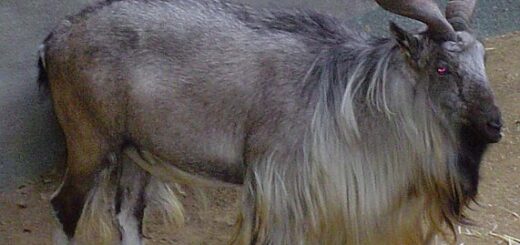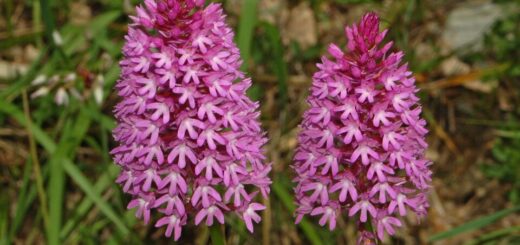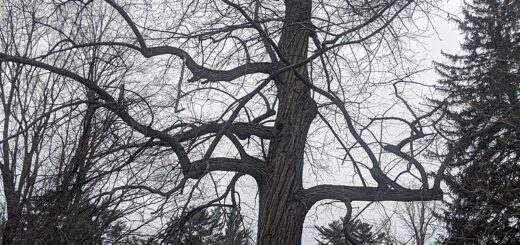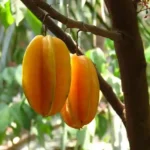Sugar Maple Tree – Nature’s Golden Treasure
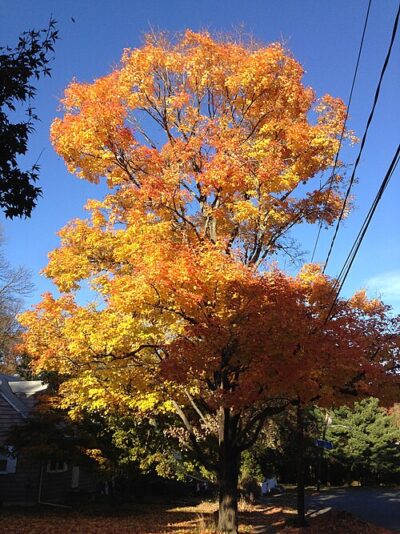
If you’ve ever strolled through a vibrant forest in the fall and marveled at fiery red, burnt orange, and brilliant yellow leaves, chances are you’ve admired the beauty of the Sugar Maple (Acer saccharum). Native to eastern Canada and the northeastern United States, this iconic tree is more than just a seasonal showstopper, it’s a national treasure, especially in Canada where it’s proudly featured on the flag. But the Sugar Maple’s beauty is just the beginning of its story.
Meet the Sugar Maple 🍁
The Sugar Maple is a large, deciduous tree known for its impressive height (often reaching 70–100 feet), dense canopy, and of course, its famous sap. It thrives in well-drained, fertile soils and prefers cool climates, making it a staple in hardwood forests throughout the northeastern part of North America.
Its leaves are deeply lobed and turn spectacular colors in the fall, making it a favorite among leaf-peepers. But come late winter and early spring, the Sugar Maple becomes even more special—because that’s when it starts producing sap that’s used to make maple syrup.
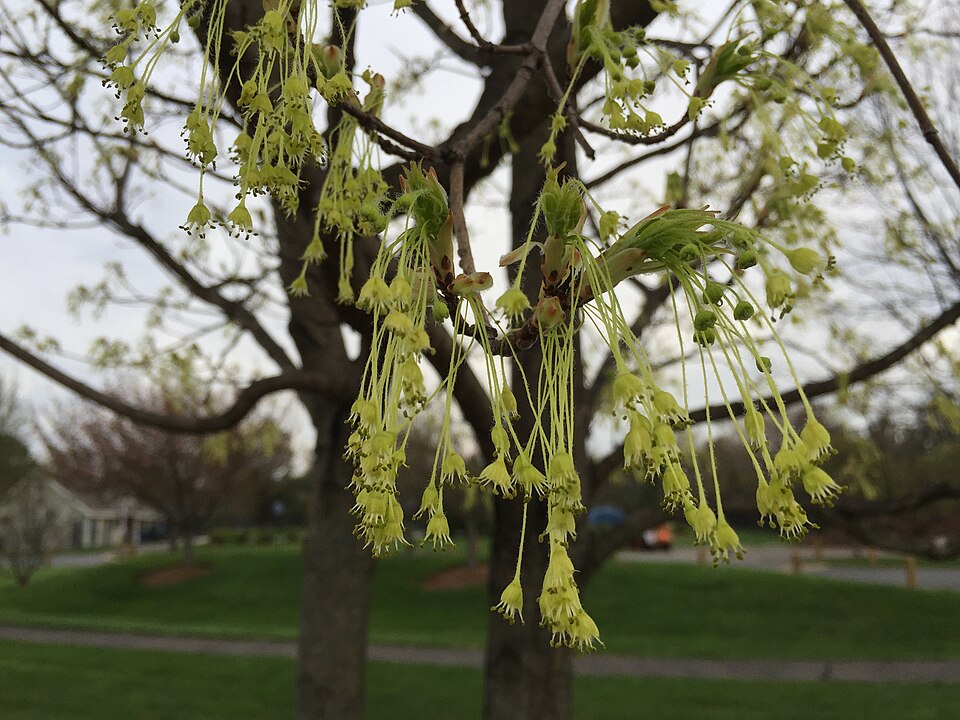
Sugar Maple flowers along Franklin Farm Road near Tranquility Lane in the Franklin Farm section of Oak Hill, Fairfax County, Virginia – Creative Commons | Author: Famartin – Source: https://commons.wikimedia.org/wiki/File:2017-04-10_18_43_41_Sugar_Maple_flowers_along_Franklin_Farm_Road_near_Tranquility_Lane_in_the_Franklin_Farm_section_of_Oak_Hill,_Fairfax_County,_Virginia.jpg
A Natural Source of Sweetness 🍯
Yes, maple syrup, that delicious amber liquid that drips so perfectly over pancakes and waffles, comes from this tree. In early spring, when temperatures fluctuate between freezing at night and thawing during the day, sap begins to flow from the roots to the branches. This is when maple syrup producers tap the trees by drilling small holes into the trunk and collecting the clear, slightly sweet sap.
It takes about 40 gallons of sap to make just one gallon of syrup, which is boiled down to concentrate the sugars. The result? A rich, sweet syrup that’s beloved all over the world.
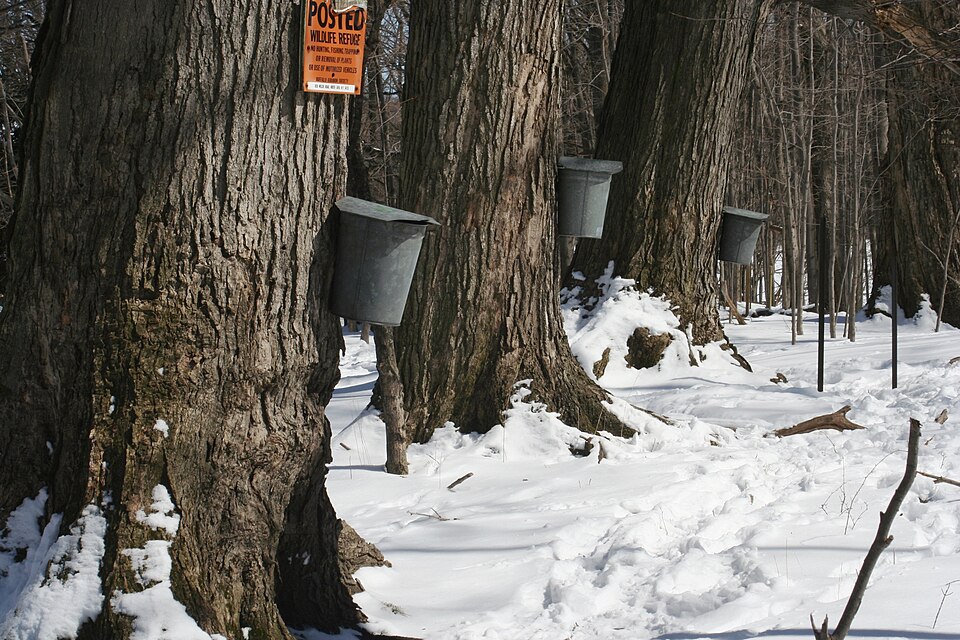
Collecting sap from sugar maples – Creative Commons | Author: Dave Pape – Source: https://commons.wikimedia.org/wiki/File:Maple_sap_buckets_-_Beaver_Meadow_Audubon_Center.jpg
Ecological Importance 🌳
Beyond its cultural and culinary contributions, the Sugar Maple plays a critical role in forest ecosystems. Its dense canopy provides shelter and shade for countless woodland creatures, while its leaves decompose into nutrient-rich humus that feeds the forest floor. It’s also a vital source of food for squirrels, deer, birds, and insects.
Climate Sensitivity 🧊
Unfortunately, the Sugar Maple is highly sensitive to climate change. As temperatures rise and weather patterns shift, the ideal range for the tree is slowly moving north. In some areas, sap production is declining, and scientists are monitoring the health of Sugar Maple populations carefully.
But communities and conservationists are stepping up to protect this species. Sustainable forestry practices and climate-resilient strategies are being developed to ensure that future generations can continue to enjoy everything the Sugar Maple has to offer.
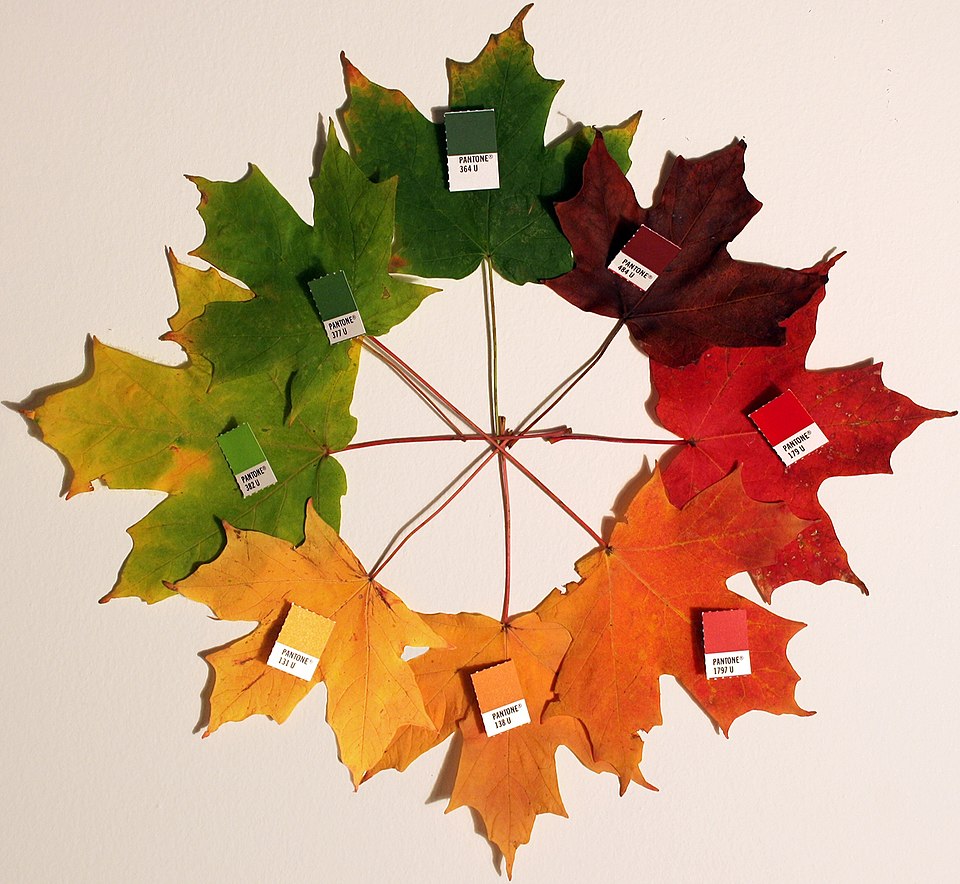
Sugar Maple, Seasonal leaf color change – Creative Commons | Author: Chris Glass – Source: https://commons.wikimedia.org/wiki/File:Autumn_leaves_(pantone)_crop.jpg
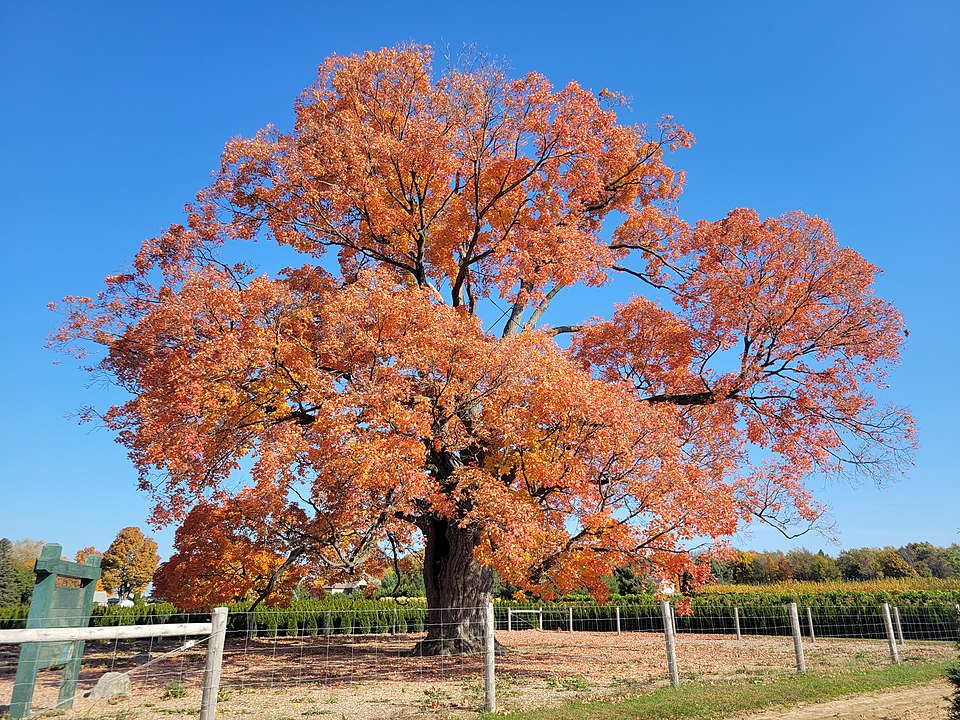
The Comfort Maple tree is an individual sugar maple (Acer saccharum) located in Comfort Maple Conservation Area in the Town of Pelham, Ontario. The tree is estimated (not based upon a complete ring count) to be about 500 years old. If correct, it would make this one of the oldest sugar maple trees in Canada – Creative Commons | Author: Mhsheikholeslami – Source: https://commons.wikimedia.org/wiki/File:Sugar_Maple-Acer_saccharum-Comfort_Maple_Conservation_Area-Town_of_Pelham-Ontario-OHAR5725-20221023_(1).jpg
Fun Facts 🌟
– The Sugar Maple is the state tree of New York, Vermont, West Virginia, and Wisconsin.
– One mature Sugar Maple can produce 10 to 20 gallons of sap in a season.
– The wood of the Sugar Maple is highly prized and used to make furniture, flooring, and even musical instruments like violins and guitars.
– “Hard maple” used in sports flooring (like basketball courts) comes from Sugar Maple wood.
A Tree Worth Celebrating
Whether you’re gazing at its vibrant fall foliage, hiking through a quiet forest, or enjoying a drizzle of maple syrup on your morning breakfast, the Sugar Maple brings beauty, sweetness, and richness to our lives. It’s a tree worth celebrating and protecting.
References:
https://en.wikipedia.org/wiki/Acer_saccharum

